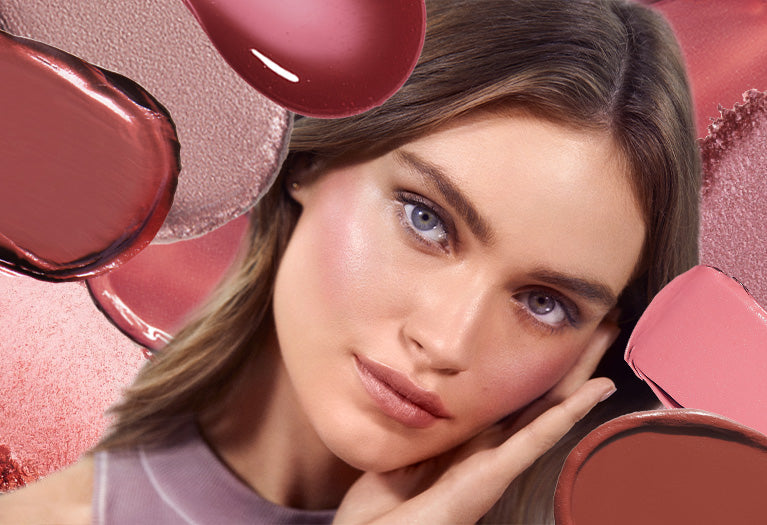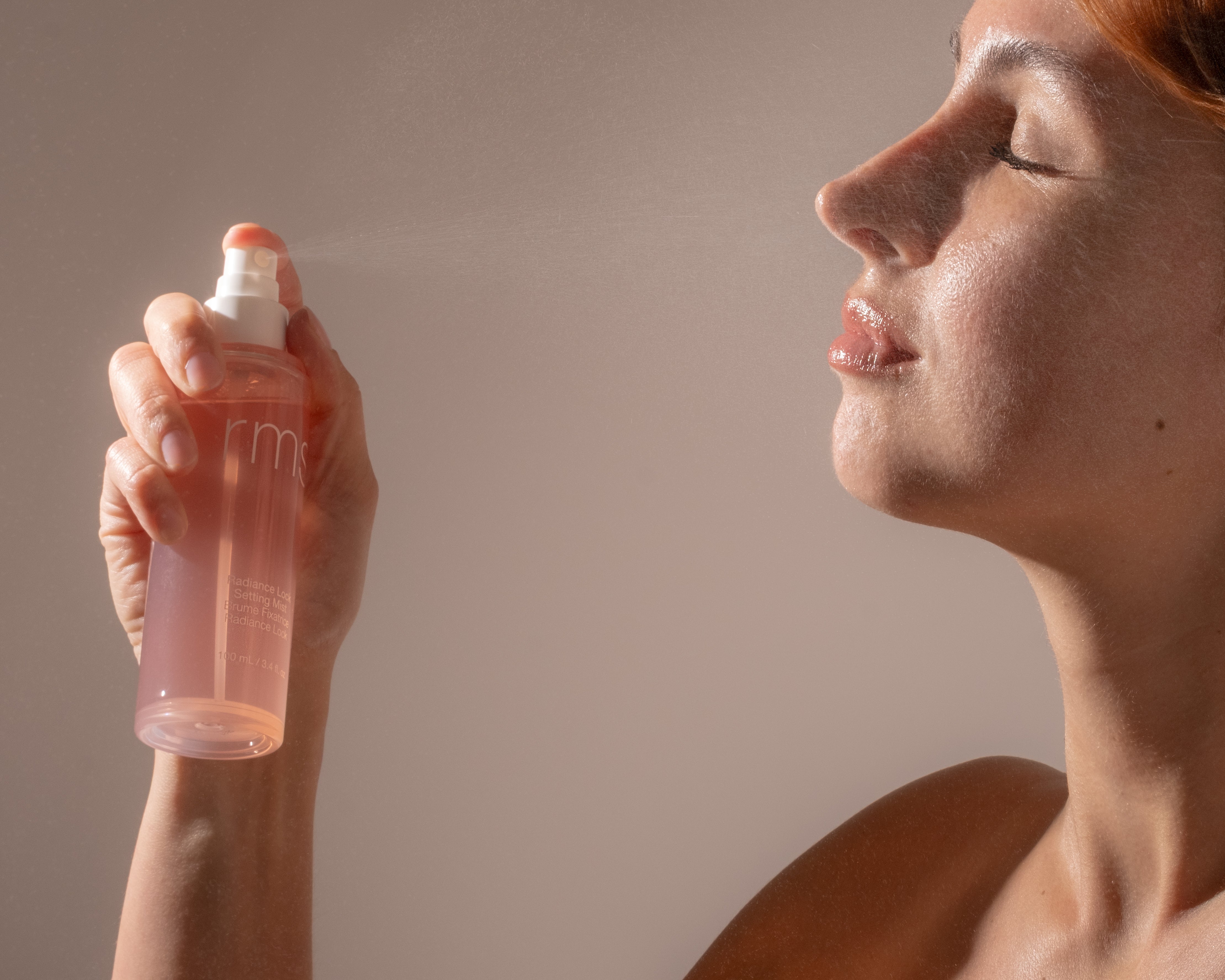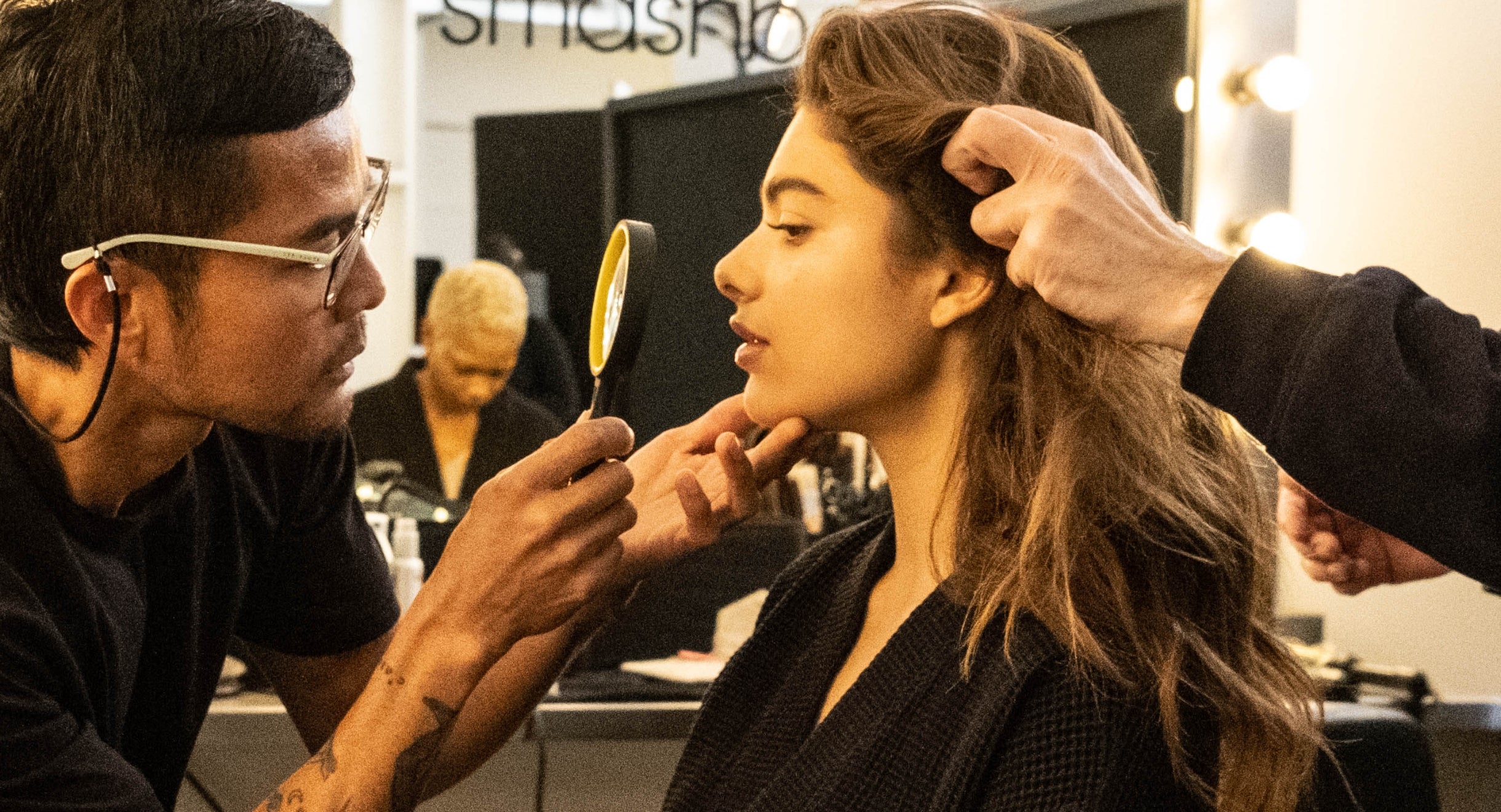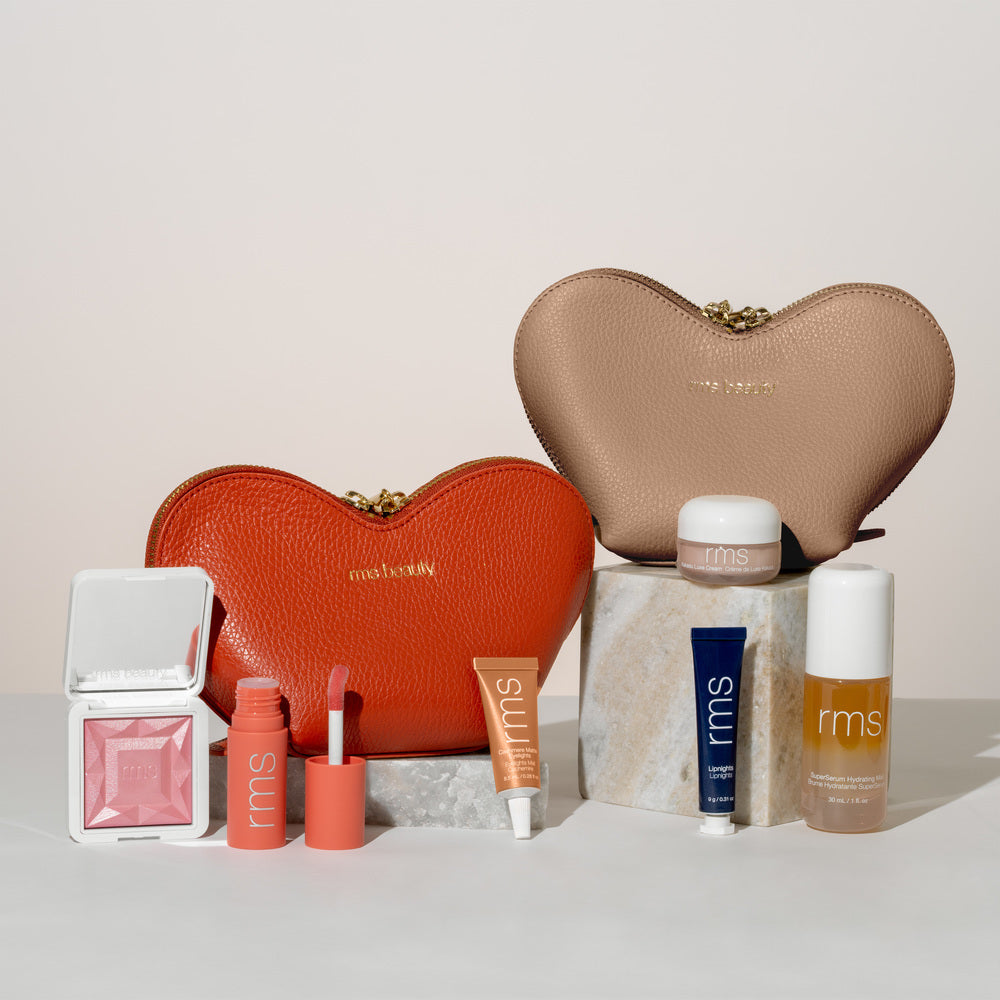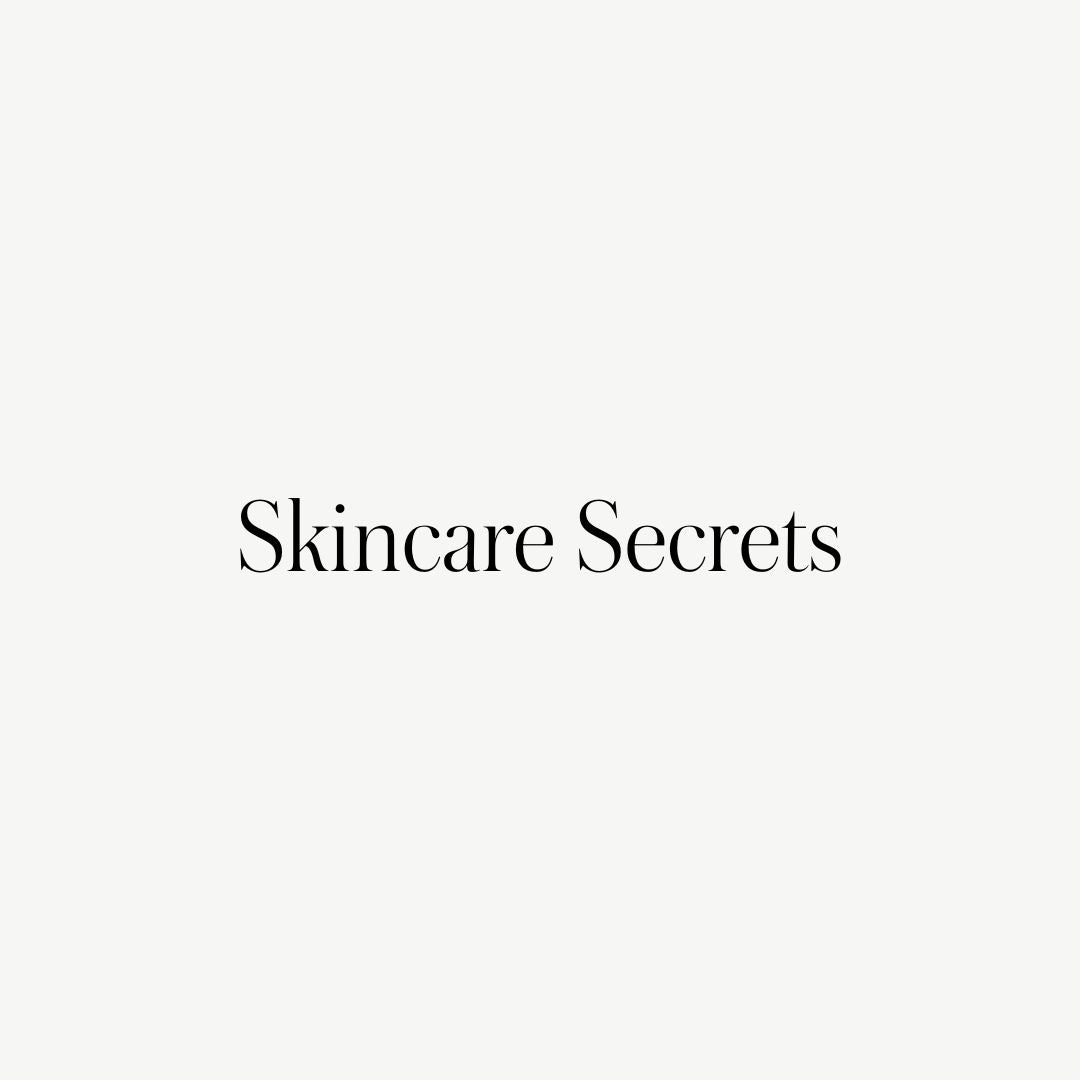The Rose-Marie Method
Our founder and master makeup artist, Rose-Marie Swift, shares her expert tips and insider secrets.
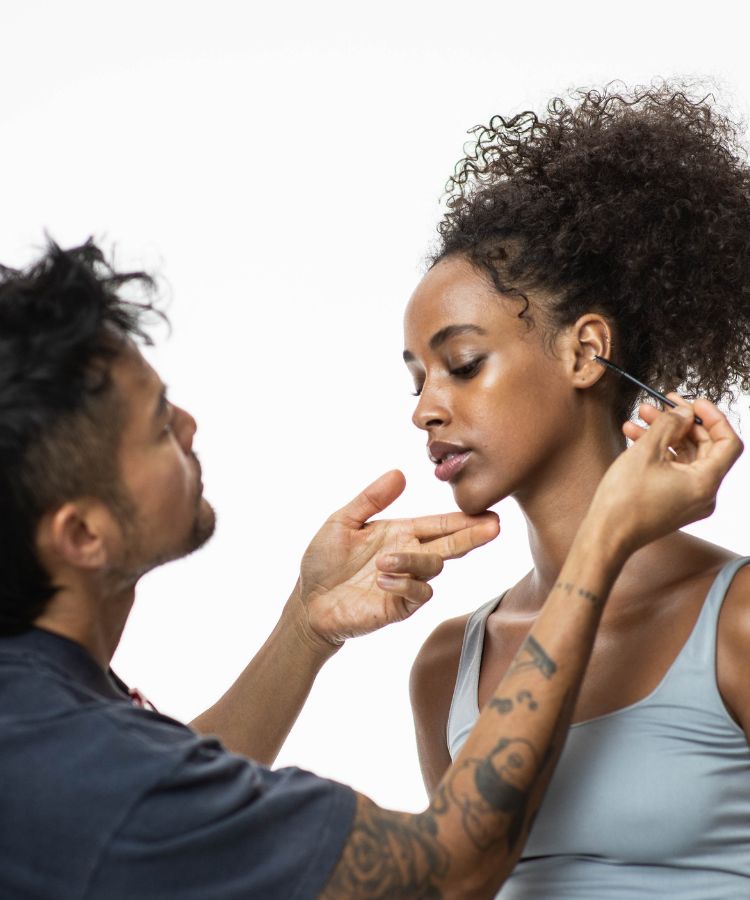
Artist Advice
Expert makeup advice in the comfort of home. Book a free consultation with an RMS Expert.
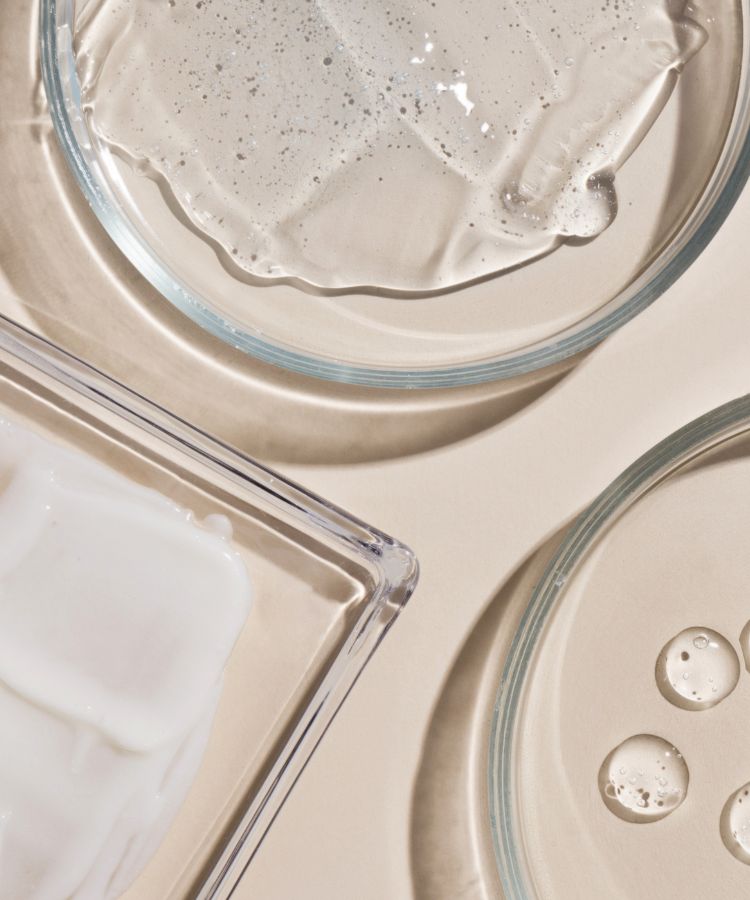
Ingredient Glossary
Clean, radiance-boosting ingredients that perform. Learn what we're made of.
Clean Beauty in Action
Get ready with our community and shop while you learn.
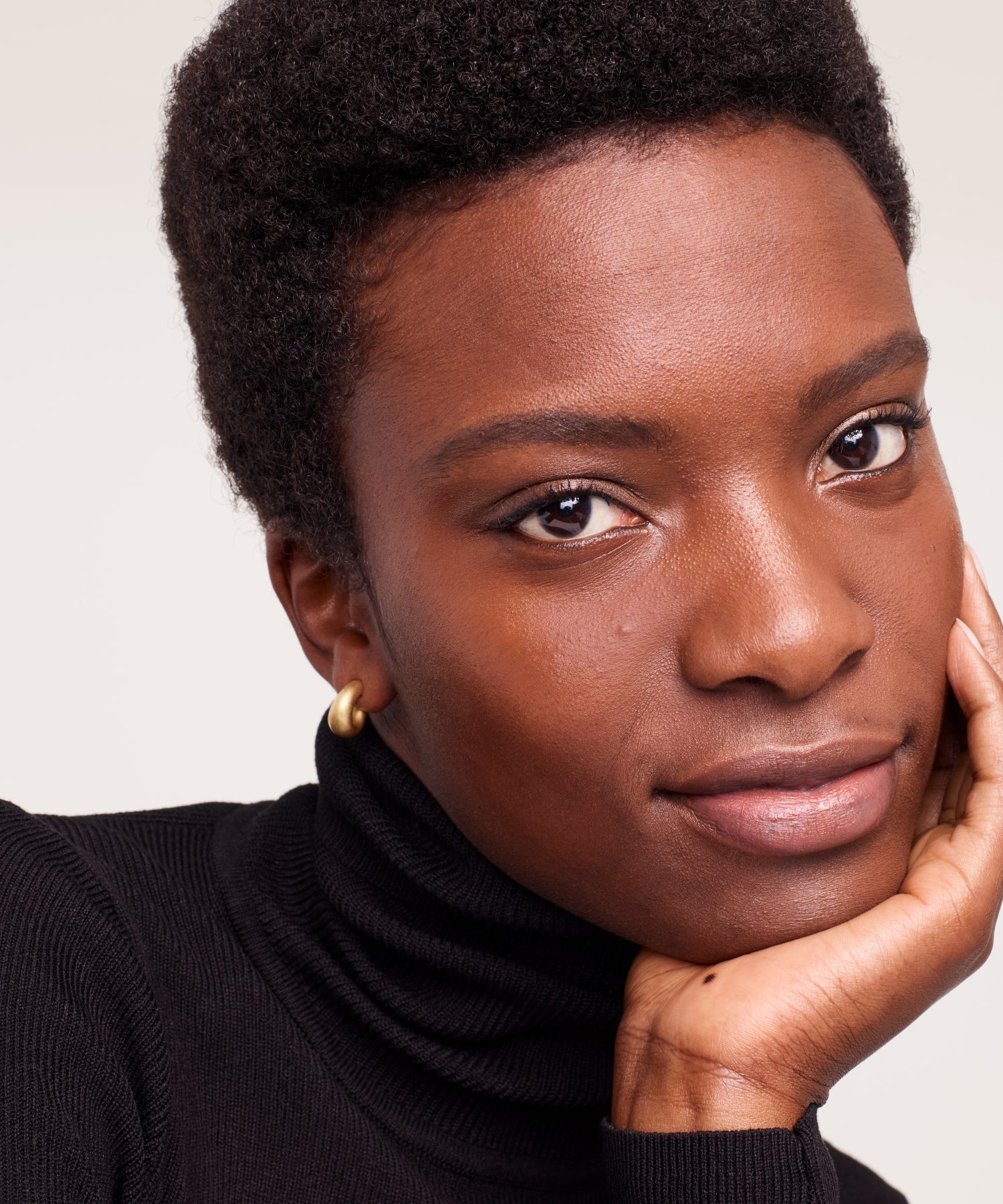
Find Your Complexion Heroes
Take the quiz to find a foundation and concealer that matches your complexion perfectly.

Find Your RMS Routine
Take the quiz to find a clean beauty routine that's tailored to you.



